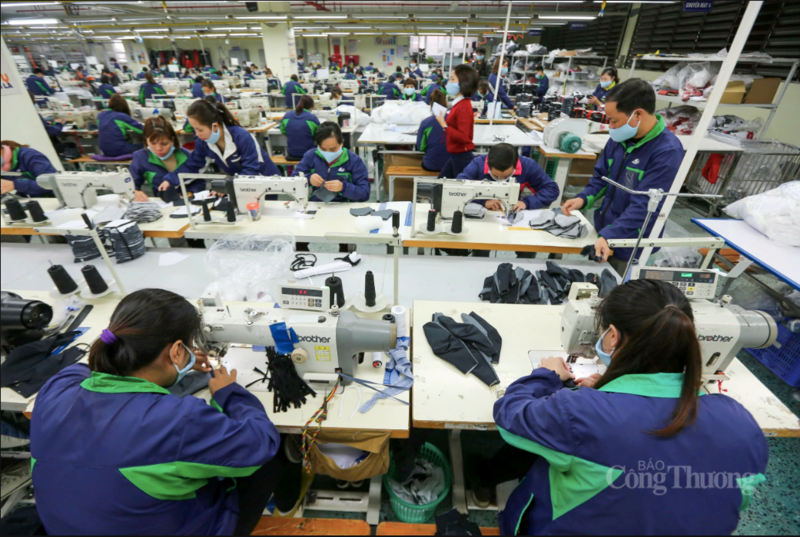
When sustainability is no longer optional for Vietnam’s textile firms
19:05 | 23/03/2025 11:18 | 17/12/2025Trade
When cities must “green” every wheel
The transition to electrified transport is no longer merely a trend but has become an imperative in the Net Zero era. In major cities, transport is considered a “mobile fixed-source emitter.” According to a study by the Ministry of Agriculture and Environment, in 2023, up to 70% of urban environmental pollutants originated from transport vehicles. Emissions have been rising annually, alongside the growing number of vehicles, especially private ones.
Against the backdrop of Vietnam’s commitment to achieve net-zero emissions by 2050, urban transport electrification is not merely a matter of technology or consumer trends but a structural solution to transform the national energy model. From replacing internal combustion engines with electric motors to optimizing power grids and charging infrastructure, cities face the imperative of “greening” the entire lifecycle of vehicles from production and operation to recycling.
Pioneering cities such as Hanoi, Ho Chi Minh City, and Da Nang have begun piloting electric vehicles in public transport. Hundreds of electric buses have been deployed alongside the expansion of fast-charging networks at terminals, new urban areas, and expressways. However, if the effort stops at “vehicle replacement” without a clean energy ecosystem and synchronized infrastructure, emission reduction goals will remain constrained.
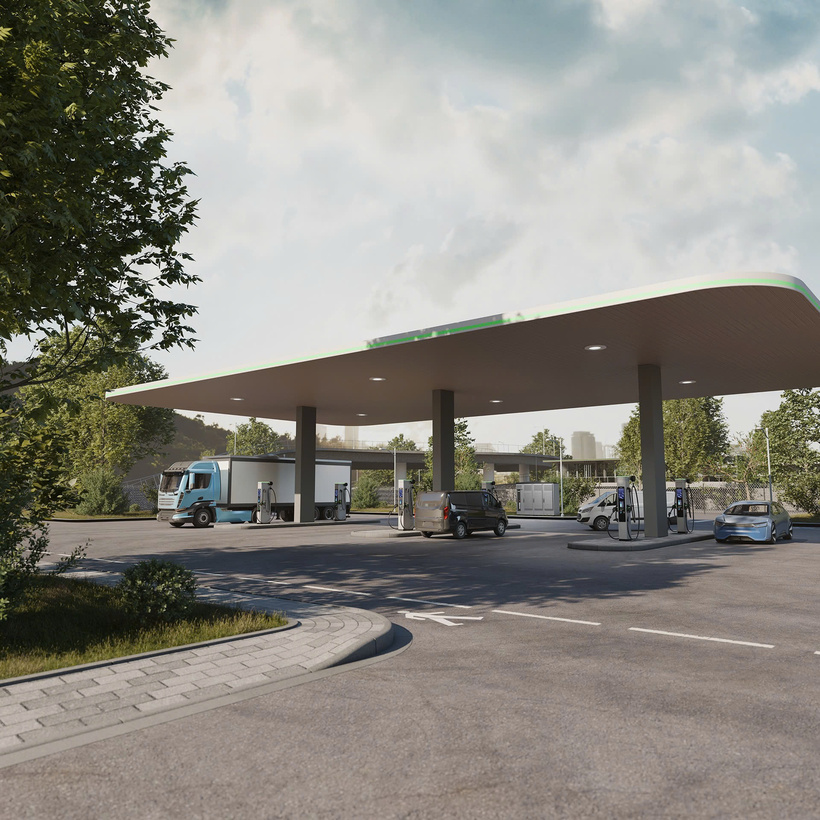
The transition to electrified transport is no longer a trend but an inevitable mandate of the Net Zero era.
One of the current major challenges lies in charging infrastructure and energy supply. The power systems of major cities are already heavily loaded, while charging stations require high, continuous, and stable capacity. This calls for a new approach: distributed energy, flexible charging, smart management technologies, and integration with renewable energy sources.
In Europe, cities like Berlin, Oslo, and Amsterdam are gradually moving toward distributed charging models, where high-capacity stations are connected to central energy management systems, enabling real-time power allocation. This technology not only optimizes operations but also reduces the burden on national grids. Vietnam can learn from this model, combined with policies that encourage private investment and infrastructure-sharing mechanisms.
If electric vehicles are the “heart” of the transition, then charging infrastructure and intelligent energy systems are the “circulatory system.” Advances in next-generation charging technologies are driving breakthroughs in sustainable transport models.
In Austria, Siemens recently introduced the SICHARGE FLEX system, a prominent example of high-power flexible charging. The system can deliver 480 kW to 1.68 MW of DC electricity, dynamically distributing energy to each charging point according to the vehicle’s real-time demand. This technology enables ultra-fast charging for trucks and electric buses, vehicles considered “key links” in urban emission reduction. While this is a specific example in Europe, it reflects a global technological trend: Charging infrastructure must not only serve users but also integrate seamlessly into smart energy networks.
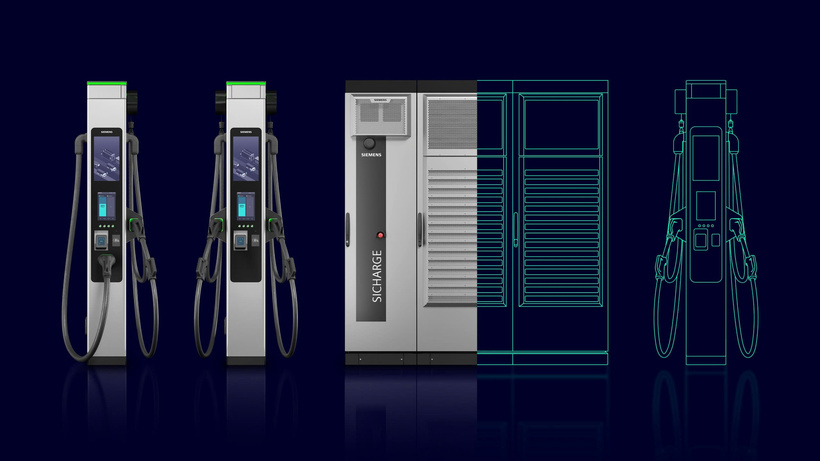
The SICHARGE FLEX system.
Markus Mildner, CEO of eMobility at Siemens Smart Infrastructure, stated: “The launch of SICHARGE FLEX marks a milestone in building a comprehensive and sustainable E-Mobility ecosystem. This solution embodies our vision of a future where electric vehicle charging is not only fast and reliable but also seamlessly integrated and efficiently operated. SICHARGE FLEX allows customers to confidently scale operations, optimize energy use, and contribute to a cleaner, more electrified world.”
Challenges and opportunities for Vietnam
In Vietnam, the challenge is to develop a synchronized, efficient, and cost-effective charging system. The solution does not lie solely in constructing more charging stations but in connecting them with renewable energy sources, such as solar and wind and operational data management platforms. A smart charging station can automatically distribute electricity, store excess energy, and even feed it back to the grid a model currently being tested in multiple countries.
Experts emphasize the need for Vietnam to rapidly establish national technical standards for charging infrastructure, avoiding the “every company does its own” scenario, which leads to inefficiencies and integration difficulties. At the same time, investment socialization mechanisms should allow enterprises to participate in building, operating, and sharing charging data.
Electrifying transport also raises energy security and cybersecurity concerns. With all stations connected to the Internet, data on current flows, vehicles, and users must be strictly protected. Many countries now require new charging systems to comply with the “Security by Design” principle ensuring safety from the design stage to prevent cyberattacks or device hijacking. This is an area Vietnam must integrate into its legal framework alongside infrastructure planning.
Most importantly, urban transport electrification cannot be separated from comprehensive energy policy. If electric vehicles are still charged from coal-fired electricity, emissions are merely “shifted from tailpipes to power plants.” Therefore, the development of renewable energy, energy storage, and grid upgrades must progress in parallel with the electrification of transport.

19:05 | 23/03/2025 11:18 | 17/12/2025Trade
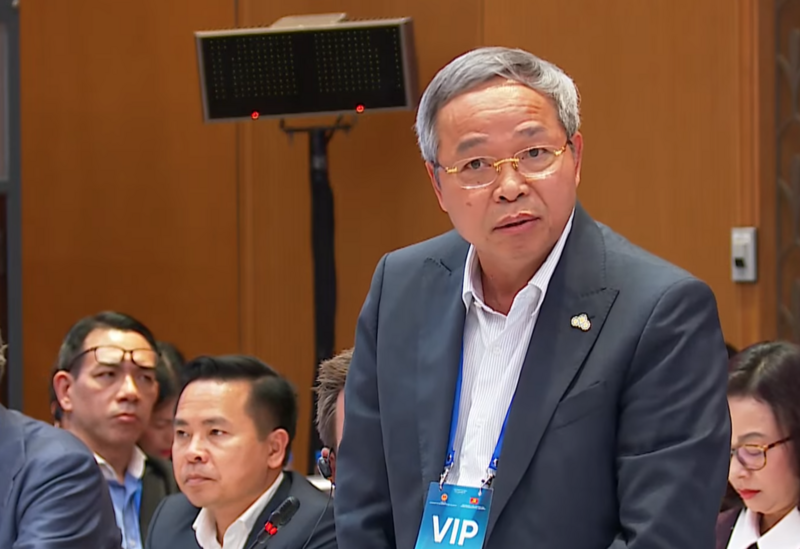
19:05 | 23/03/2025 11:17 | 17/12/2025Trade
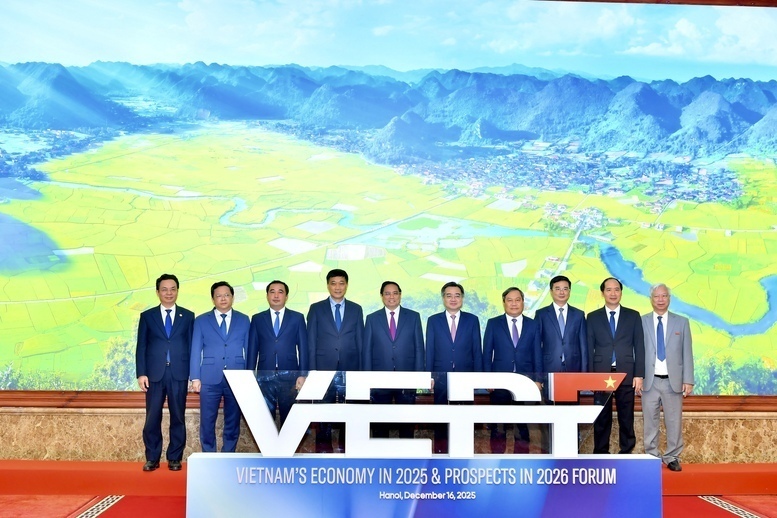
19:05 | 23/03/2025 09:50 | 17/12/2025Trade
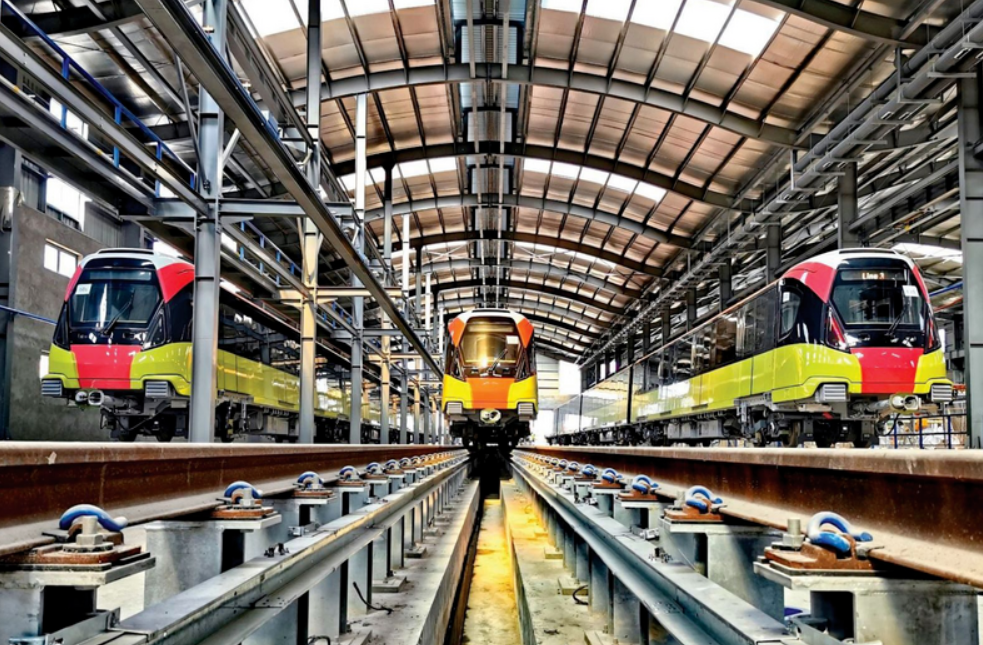
19:05 | 23/03/2025 20:46 | 16/12/2025Industry

19:05 | 23/03/2025 20:41 | 16/12/2025News and Events